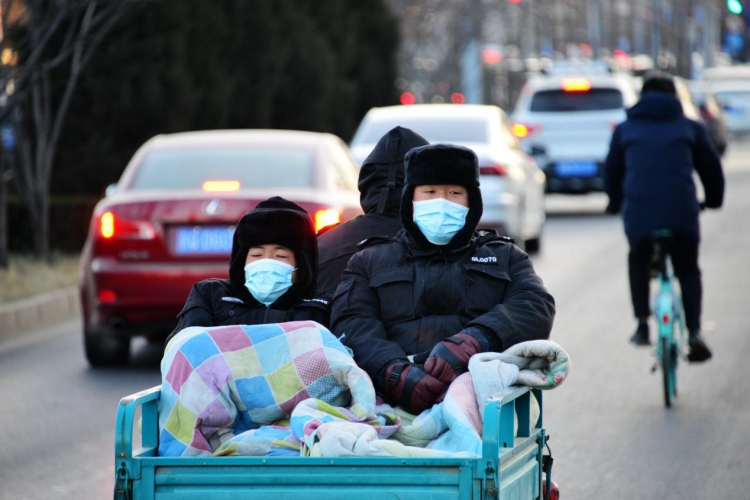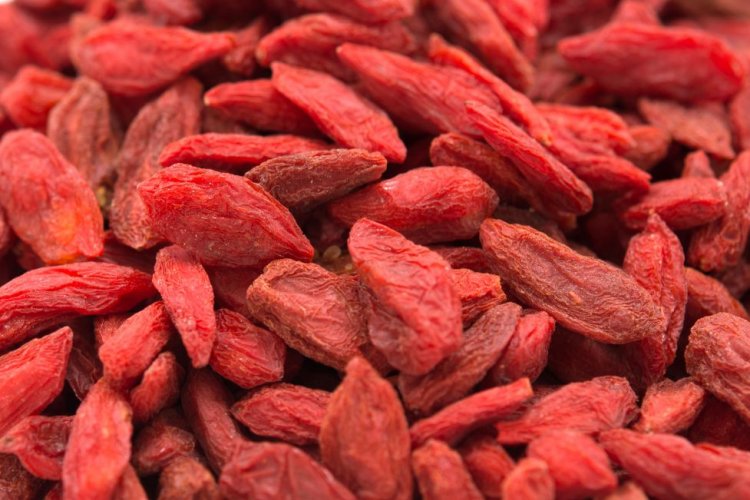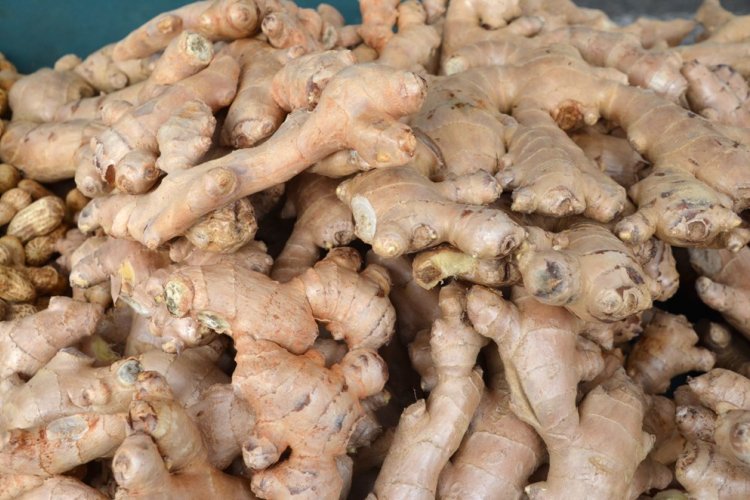The Buzz Behind Beijing Beekeeping
She may be puny, but in her world she’s a queen. This particular insect, which most of us could squash with a swat, is actually the largest of her kind amongst a colony of 30,000. And as those tiny workers buzz around her, they also teach observers like Safi Malik about the broader nature of agriculture.
“Seventy percent of our agricultural produce needs bees,” Malik, COO of Shangrila Farms, says of those black and yellow laborers before elaborating on just one of the many food chain links they buzz around. “Cows feed on grass pollinated by bees. If grass wasn’t pollinated to this extent, we wouldn’t be able to raise livestock at this rate.”
Malik will reveal more about the interconnected, honeycomb nature of bee ecology on March 9 at Re-Up, one of a series of talks hosted by this year’s JUE festival. Above all, he hopes the event will encourage people to tend to hives of their own until Beijing becomes a colony of sorts for urban beekeepers.
In order to foster that community of hive enthusiasts, Shangrila (a company that deals in eco-friendly agricultural products from Yunnan and other Chinese farming regions) sells hives and beekeeping tool kits, along with offering courses on how to care for bees and tips on how to observe their growth and learn about their behavior.
“They’re like super-pets,” says Malik of the bees’ sophisticated routines. “Once a worker bee is old enough to leave the hive, and once they find something to pollinate, they come back and do a little dance to show where it is before the others follow.”
He says those communicative movements – consisting of wobbles and spins that make the bees look like buzzing ballerinas – can be tricky to spot for untrained observers. That’s why Malik dedicates a considerable part of his courses to the finer details of bee life in the hope of opening up a little world for the keepers to take a peek at. Those who are privy to a hive’s narrative and the telling zigs-zags of the insects’ movements will be engrossed in its plot twists.
Malik says the colonies’ work is divided among three castes of bees, each of which boasts its own hierarchy according the ages of the insects inhabiting it. Presiding over that intricate honeycomb chain of command is the aforementioned queen bee – a Rubenesque figure that holds sway precisely because of her bulbous form. But Malik says the hulking monarch is well endowed because of a surprising source.
“They aren’t born that way,” he says of queen bees. “Queen bees hatch from the same egg as workers.The difference is that they’re fed a royal jelly. ’An intensive nutrient soup that is sour, but nutritious to the point that it makes them develop so much more than the worker bees. To see such a small insect have such a wide scope of maturity is really fascinating.”
Malik hopes that those quirky intricacies are enough to entice Beijingers to become beekeepers. He adds that the city will benefit all the more from such a hobby – more local bees will lead to more pollination between plants, creating more seeds and a higher probability that our plants will flourish and produce offspring that takes root.
“If it works, maybe a few years from now we’ll see a more vivid collage of plants, as opposed to the current structured patterns,” Malik says of the dull, regimented vegetation in some areas of the city.
He adds that many new local beekeepers may be surprised to learn just how accommodating Beijing can be to bees. Smog doesn’t overly affect the insects, and while the city’s heavy use of pesticides can be problematic, most spraying occurs at night after the bees have returned to their hives. Even if those chemicals do prove to be fatal for a worker, it will often kill them before they return to the hive, where the rest of the colony is left unaffected. In fact, Malik says the benefits of urban settings outweigh such hazards.
“Cities usually have a huge variety of flowers brought in by their citizens,” he says, adding that farmlands are often the inverse, where bees are gathered and then released to feed off a single type of flower. “You can isolate particular flavones that way, but bees rely on an abundant variety of pollinating proteins. So it can actually be healthier for them in cities.”
Malik says the trade-off is equally beneficial for urban beekeepers, who can feast on their own homemade honey, rather than the chemical-laced varieties sold in some Chinese supermarkets.
“It also doesn’t take up a lot of space,” he says. “The entire setup can easily fit on most apartment balconies.” But Malik’s reasons for hosting those hives are not only about practicality. As he puts it: “I think the whole process of them being in their colonies is just fascinating to watch.”
This article appeared in the Beijinger March 2014 issue.
Photos: courtesy of Safi Malik
Related stories :
Comments
New comments are displayed first.Comments
![]() Helandui
Submitted by Guest on Sun, 04/06/2014 - 21:48 Permalink
Helandui
Submitted by Guest on Sun, 04/06/2014 - 21:48 Permalink
Re: The Buzz Behind Beijing Beekeeping
Nice article, but had to react on this:
“Cows feed on grass pollinated by bees. If grass wasn’t pollinated to this extent, we wouldn’t be able to raise livestock at this rate.”
Did you ever see a bee foraging on a 'grass flower' ? Grass is wind pollinated, so don't use bees for pollination. All plants that have visible flowers use insects/bees for pollination. Thats the reason why they have these nice colours/shapes (to attract pollinators).
Keep up the good work!
Validate your mobile phone number to post comments.






